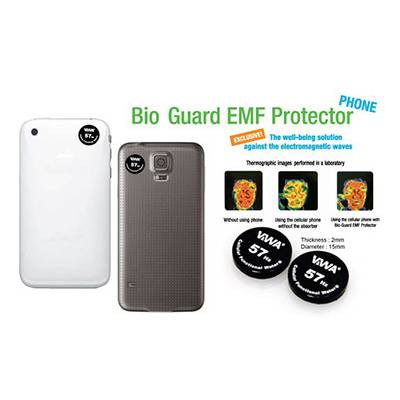The health risks of radiation from 5G are being debated, but one study has suggested that there is a connection between radiofrequency radiation with cancer among male rats. This study was classified until it was removed at the end of 2012 by Central Intelligence Agency, but it shows that radiofrequency can trigger cancerous growth in animal, including humans. Researchers were exposed to male rodents for 15 days and discovered that they developed similar types of cancers humans develop.
5g radiation poison symptoms of 5G radiation
The rapid expansion of wireless communications has led to the creation of 5G technology however, there is a growing concern regarding the health effects of the radiation from 5G. While the higher frequencies may not penetrate the body as deeply as older technologies, scientists have pointed to possible systemic impacts and are calling for further research. To ensure that people are protected, there is a need for the European Commission is requesting independent studies to determine if the technology poses any health risks.

It is vital to realize that there's a large amount of misunderstanding about 5G's health impacts It is crucial to dispel any misunderstandings that may persist. While the technology is not yet widespread, there are many individuals who are being warned that it might cause health problems, most often via social media where sexy use of language is commonplace.
Beamforming technique
Beamforming is one of the most important technologies for the 5G wireless networks. It is a technique that uses several radiating elements to produce narrow beams. The goal for beamforming is limit how much unwanted radiation is reflected that is in the resulting signal. 5g and radiation is typically used for wireless communication systems and is crucial for 5G's low-cost coverage.
The method works by electronically weighting the individual signals of each antenna. This results in an extremely small beam of radiation that increases cell coverage indoors and near the edges of cells. This is essential because poor coverage can cause poor user satisfaction. Along with increasing the signal, beamforming reduces the amount of noise a user receives from other devices.
Power density
The intensity of 5G electromagnetic radiation coming generated by cell towers is similar to previous generations of 4G and 3G systems. A reason that lower is the sensitiveness of electronic components. 5g radiation effect of a 2G phone was approximate 2 Watts, while that of a 4G handset was about 200 milliwatts.
The power density is a measure of how much electromagnetic energy is absorbed by the body from a particular distance. The power density of radiation 5g is usually expressed in the watts per square meters. In contrast to the SAR measurement, power density is a measure of the amount of electromagnetic energy in an area. The parameters for power density are different for mobile devices and wearables according to their operating frequencies and distance.
Specific absorption
The Specific Absorption Ratio (SAR) is an parameter which measures the speed at which a certain frequency deposits power into human tissues. In general, the SAR number is not more than two Watts per kilogram of body mass. This value is derived from the electric field within the tissues and the mass density, measured by kilograms of mass per cubic meter. It was recently used to determine the antenna design.
The new radio technologies that make up the 5G network operate on frequencies that are lower than 6 GHz. These frequencies are known in millimeter waves. However, the FCC's SAR compliance protocol only applies to frequencies that are up six GHz. In addition to that, the SAR test requires that measurements are conducted using phantoms that contain tissues simulating media.
Skin health and its effects
Currently, we know very little about the effects of radiation from 5G in the body. The current knowledge is limited by the absence of experiments in vivo and theoretic models. However, there is an urgent need for more research on the impacts of 5G radio frequency radiation on human skin. Utilizing 5G radio frequencies may cause damage to the skin, especially to the epidermis, which is one of the most sensitive parts.

Contrary to 4G, 5G's radiation has a high frequency which has been proven to increase the temperature of human body tissues. The human body is dipolar, which means that the higher frequency of radio waves from 5G could cause heat to the skin. The exposure to radio frequencies from 5G may be detrimental to other organs of the body, such as the brain.
